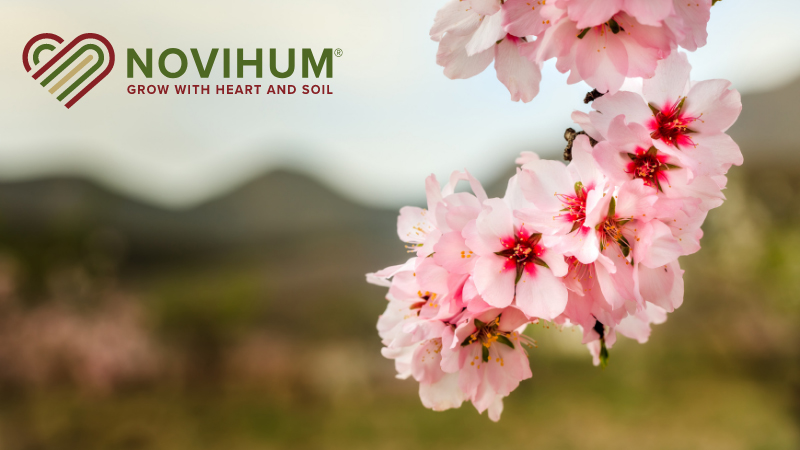The Latest Melon and Pollinator Insights from Researchers
Studies exploring the subtle workings of melons and pollinators have made their way to peer review journals. Here are a few from the past year you may want to take a deeper dive into.
Flower Genders and Bee Visits. Bees have preferences in which flowers they visit. A Brazilian research group set out to identify and assess pollinator interactions with the nectar components from male, female, and hermaphrodite flowers from five commercial melon varieties. Two nectar compounds, phenylalanine and tryptophan, play a role in bee attractiveness of a flower, found in the highest concentrations in hermaphrodite flowers.
https://www.scielo.br/j/jbchs/a/hQptXMTVK9DnvyCH8xPCfQh/
What Kind of Pollinators Visit Watermelons? In a literature review research project, New England scientists looked for reports where the types of pollinators visiting watermelon were documented from around the world. They grouped these visitors into honeybees, other bees (wasps, mason bees, etc.), flies, or other species (such as butterflies, moths, dragonflies, etc.). They found other bee species were as important as honeybees, with this group making up the majority of visitors to melon crops in 40% of watermelon-growing regions.
https://www.sciencedirect.com/science/article/pii/S1439179122000913
Bee Visits to Melons. An Indonesian team wanted to see what percentage of flowers were pollinated by both cross-pollination and self-pollination in commercial varieties, and how that impacted yields. They found cross-pollination had better results overall than self-pollination.
https://e-journal.unkhair.ac.id/index.php/icsdgesi/article/view/73/95
Impact of Managed Floral Margins on Pollinators. In short, this study from Spain found that floral margins improved diversity and the number of natural pollinators. Managed shrubby margins had the strongest positive impact, and the second year — a more mature margin — of all floral systems improved pollinator diversity. However, the team did not find an impact on melon yields.
https://www.mdpi.com/2075-4450/14/3/296
Hoverflies Pollinate and Control Pests in Greenhouses. A study out of China documented that Eupeodes corollae plays a dual role in green-house crops affected by aphids. Its larvae preys upon aphids, and adults pollinate flowers.
https://www.frontiersin.org/journals/plant-science/articles/10.3389/fpls.2023.1118388/full










